Evolution of Seed Habit Part 9
Poaceae: (Gramineae) Grass Family
Distributed
throughout the world wherever vascular plants can survive. It includes
about 600 genera, 10,000 species. In Pakistan it is represented by 158
genera and 492 species.
The
traditional family name Gramineae takes its name from the latin Grammar
which was used as a ‘ generic’ name for certain grasses, is permitted by
the International Code of Binomial Nomenclature, which also provides
for the use of Poaceae, based upon they type genus Poa Linn.
Familiar Plnats: Triticum vulgare, Wheat;
Zea mays, Corn;
Avena Sativa, Oats;
Oryza sativa, Rice;
Bambusa, Bamboo
; Saccharam officinarum Sugar Cane etc.
Vegetative Characters:
habit: annual or perennial, herbs. Stem: jointed usually hollow at the
internodes, closed at the nodes. Leaves: solitary at the nodes,
sometimes crowded at the base of the stem, alternate. Exstipulate,
ligulate, mostly sessile, leaf-base mostly sheathing, simple.
Inflorescence:
mostly compound composed of units called spikelets which are variously
arranged (indense clusters as in wheat, compound spike, or loosely on
branched axis-as in oats, spikelets consisting of bracts, arranged along
a slender axis (called rachilla) the two lower bracts (called glumes)
which are empty: the succeeding lemmas enclosing a flower and opposed by
a hyaline scale called palea. The whole (lemma, palea, and flower)
termed as floret: the glumes or lemmas often bearing one or more stiff
bristles (called awns); this basic pattern of spikelet structure is
consistent throughout the family. Spikelets of grasses vary widely in
different genera, particularly as to number of fertile florets in each,
and deposition of sexes with them.
Flowers: Usually bisexual, sometimes unisexual, small and inconspicuous, sessile, bracteates, incomplete, zygomorphic, hypogynous. Perianth: Absent or represented by 2, (rarely 3), minute hyaline or fleshy scales called lodicules. Androecium:
Stamens 1 to 6, usually 3. With – delic compound pistil of 3 united
carpels, anthers versatile through only one is functional free stigmas
usually large feather like. Fruit: graius or caryopsis (caryopsis a dry, indehiscent fruit in which fruit wall (percarp) is completed, fused with seed coat).
Economic Importance:
Economically family Poaceae has greater importance than any other
family of flowering plants. It has great economic importance to both man
and animals. Cereals and millets which constitute the chief food stuff
of mankind, belongs to this family. Most of the fodder crops, which are
equally important to domestic animals, also belong to this family.
Plants providing food for man includes: Triticum sp. (wheat), Avena sativa (Oats), Zea mays (Corn, Maize), Oryza sativa (Rice), Hordeum vulgare (barley), Secale cereal (Rye), Penisetum typhoideum; Sorghum vulgare etc.
The dried stem and leaves of the cereal crops are used as fodder for the cattle. Sugar is obtained from the juice of Saccharum officinarum (Sugar Cane). Many grasses are used in the lawns e.g. Agrostis, Poa, Festuca etc. and have ornamental significance.
Fig. 9.30 Poaceae (Gramineae): Chloris barbata: A habit; B-spikelet: C-gulumes: D-fertile lamma, E-flower: F-fruit;
Bambusa
(Bamboo) are used as building material for the thatching huts, making
boats, carts, pipes etc. and the split stem are woven into mats,
baskets, fans, hats, course umbrella. Leaves are also given to horses as
a cure of cough and cold etc. certain grasses yield aromatic oils, e.g.
Cymbopogon citrates (lemon grass) which yield lemon grass oil
is used in perfumes and soap industry and for making infusions. Some
species of the grasses are used in making papers.
Ethyl
alcohol and many other kind of beverages are also prepared from cereals
for example whisky from Rye, barley, corn and rum molasses from sugar
cane. Fibers obtained from the leaves of Saccharum munja which is used in making ropes.
 Some
viral diseases have been known for centuries. In fact, the first
infectious disease against which effective method of prevention was
developed was a viral disease. In 1796, Edward Jenner first vaccinated
an 8 years old boy with material removed from cowpox lesion on the hand
of milkmaid. After six weeks the boy was inoculated with pus from a
small pox victim, but he did not develop the disease. Later Jenner used
material for vaccination from cowpox lesions and successfully vaccinated
23 persons. As the material he used was obtained from cow (latin vacca), latter the term vaccination was used by Louis Pasteur for inoculation against disease.
Some
viral diseases have been known for centuries. In fact, the first
infectious disease against which effective method of prevention was
developed was a viral disease. In 1796, Edward Jenner first vaccinated
an 8 years old boy with material removed from cowpox lesion on the hand
of milkmaid. After six weeks the boy was inoculated with pus from a
small pox victim, but he did not develop the disease. Later Jenner used
material for vaccination from cowpox lesions and successfully vaccinated
23 persons. As the material he used was obtained from cow (latin vacca), latter the term vaccination was used by Louis Pasteur for inoculation against disease.
















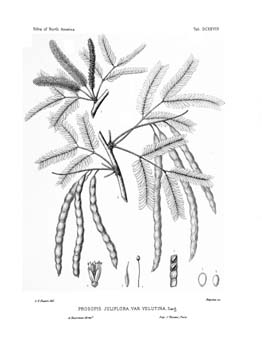

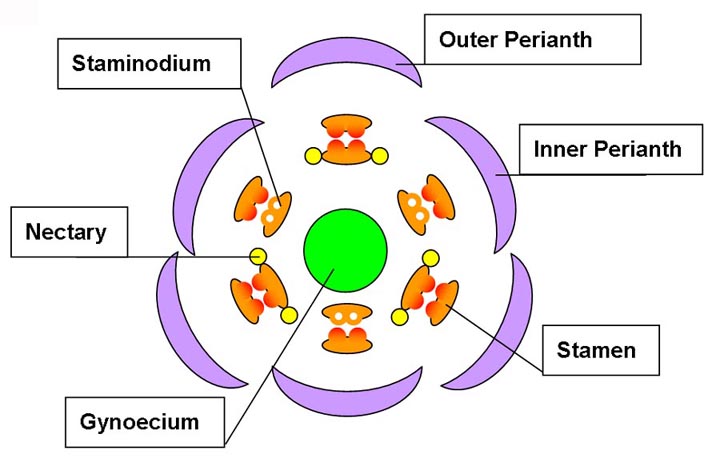
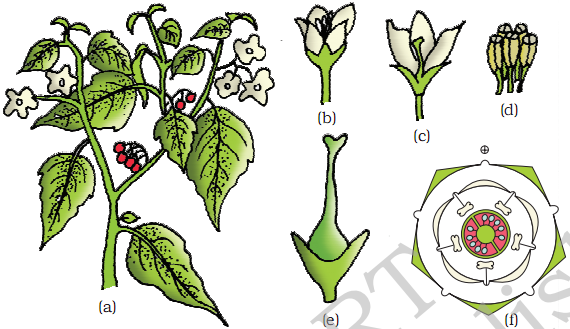
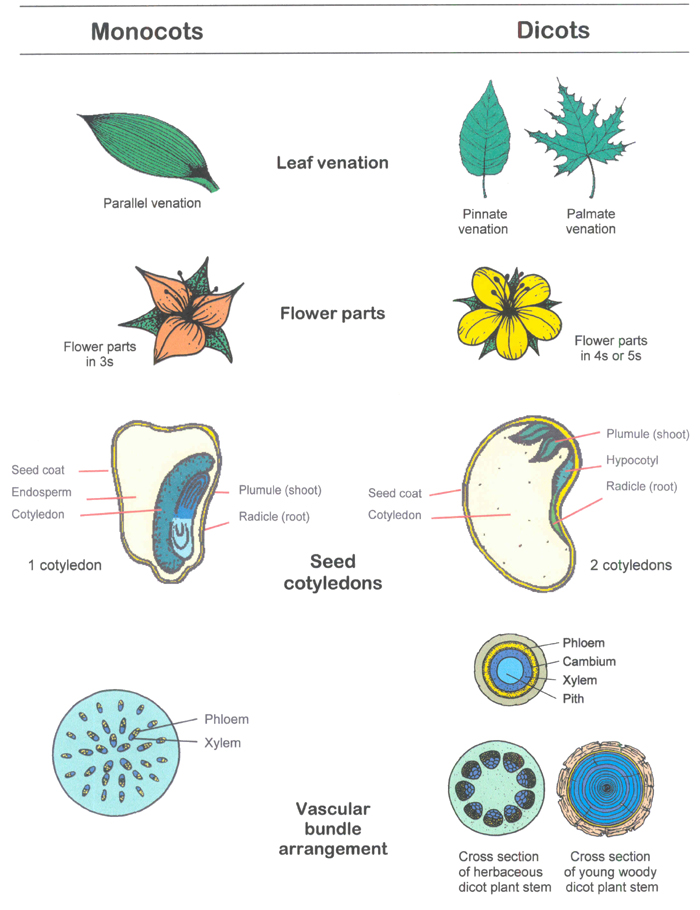
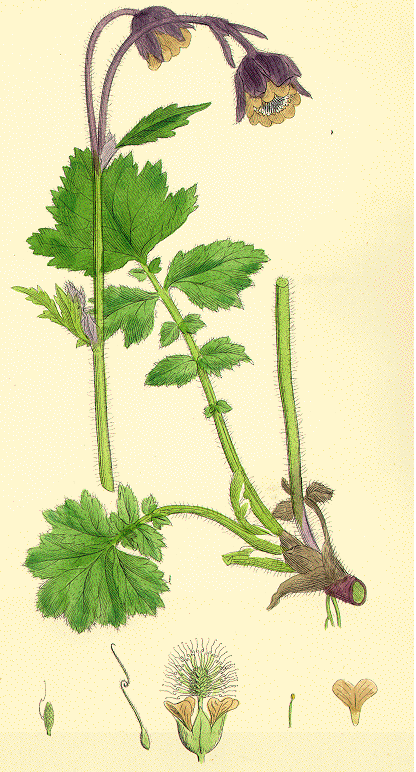



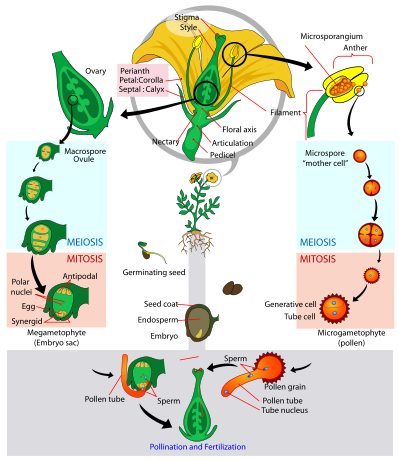


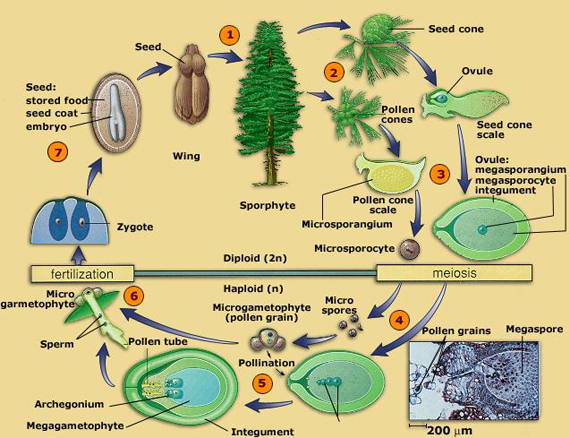

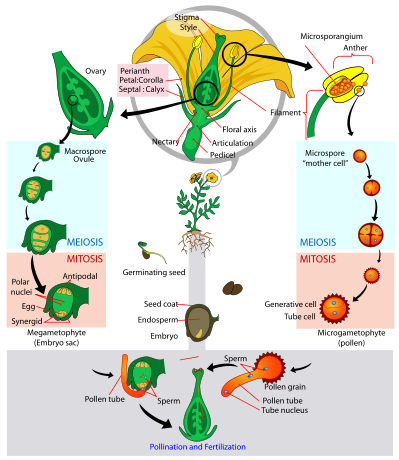






 (a)
(a) (b)
(b)




